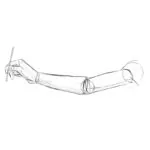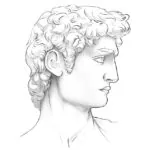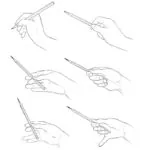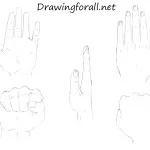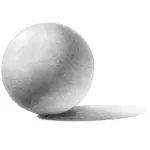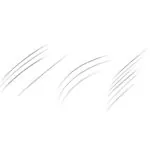Human Body Proportions
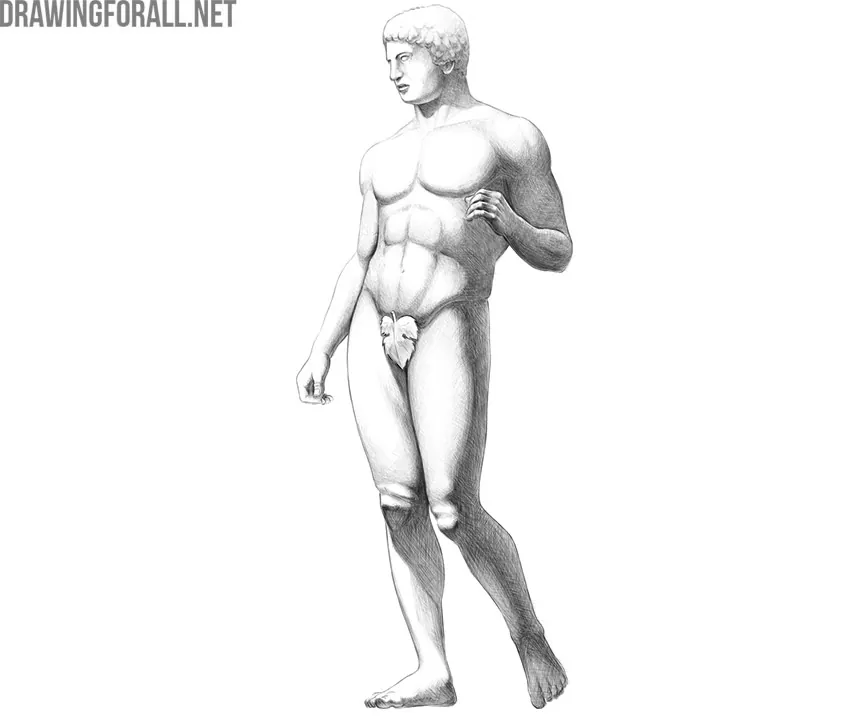
In our article about the human head proportions, we said that there are no perfect proportions. This is true not only for the proportions of the head but also for the proportions of the body. But as with the head, there are common standards that help simplify the process of depicting a human.
The main thing is to understand the basics of proportions. In the future, you can stretch them to portray Slenderman or flatten them to portray Mario. But anyway, it is critical to understand the very foundations of how the human body is built.
The best measure for measuring the proportions of the human body is the head. This is the easiest and most correct way to measure proportions and transfer them to a piece of paper.
When comparing the head and body, the following measures are used:
- head height;
- head height with neck;
- head diagonal;
- hand length and width.
The height of the average human body is approximately 7 or 8 heads. But as mentioned above, we are all different, respectively, the above rule is very approximate. For all people, the proportions of the head and body have their own characteristics, and this depends on many different factors. For example, in people with short stature, the head, as a rule, has a larger size than in tall ones.
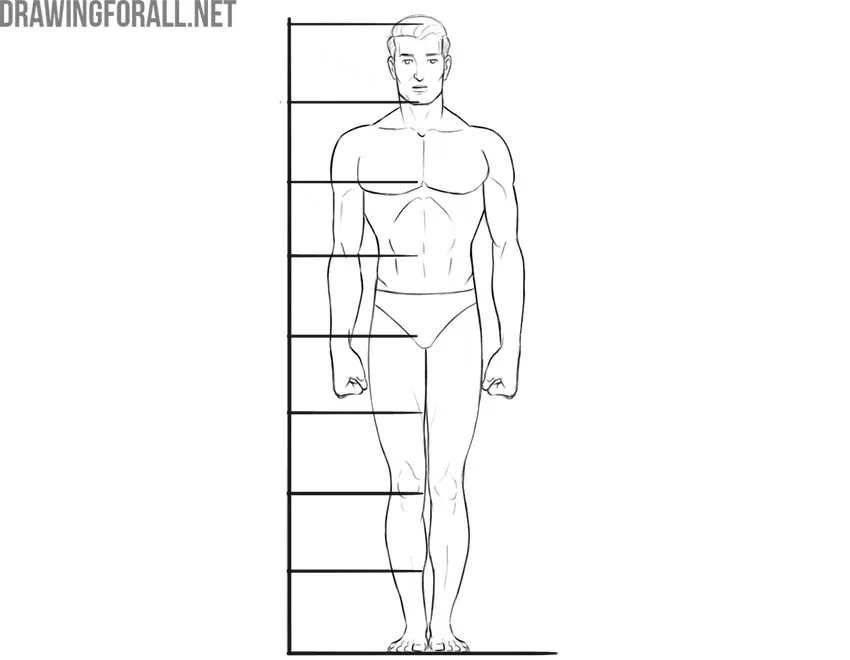
The figure below shows that if you draw a standing person with arms outstretched to the sides, then his body can be inscribed in a square. His head, arms, and legs will touch the sides of the square. This means that the growth of a person corresponds to the distance of the span of the hands.
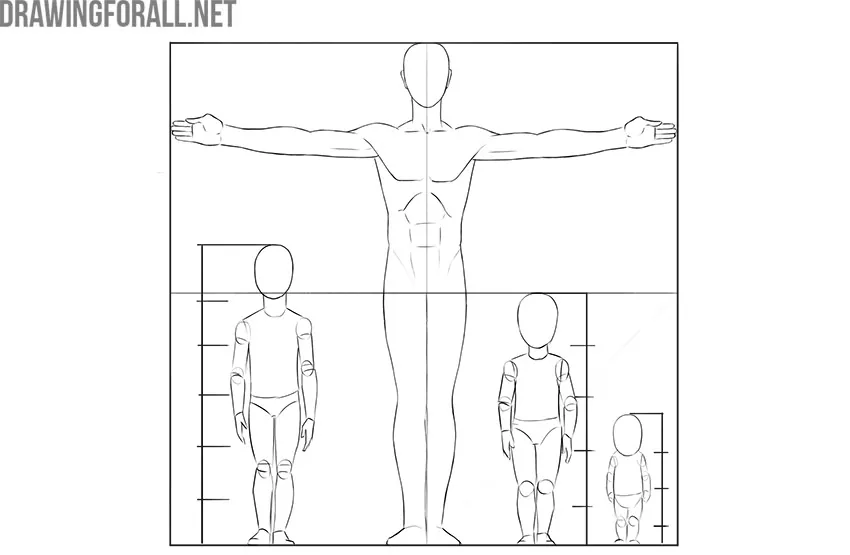
In the same figure, you can see the human body proportions, taking into account age-related characteristics. For example, you can see that in children the head is much larger in relation to the body than in an adult. You can also see that the torso in children is longer in relation to the limbs.
The height of a newborn is approximately equal to the height of four heads, the height of a seven-year-old child is equal to the height of approximately six heads, and the height of a fourteen-year-old teenager is equal to the height of seven heads.
Human height can be divided into two equal parts. The middle line will be in a place that is one height of the head below the navel.
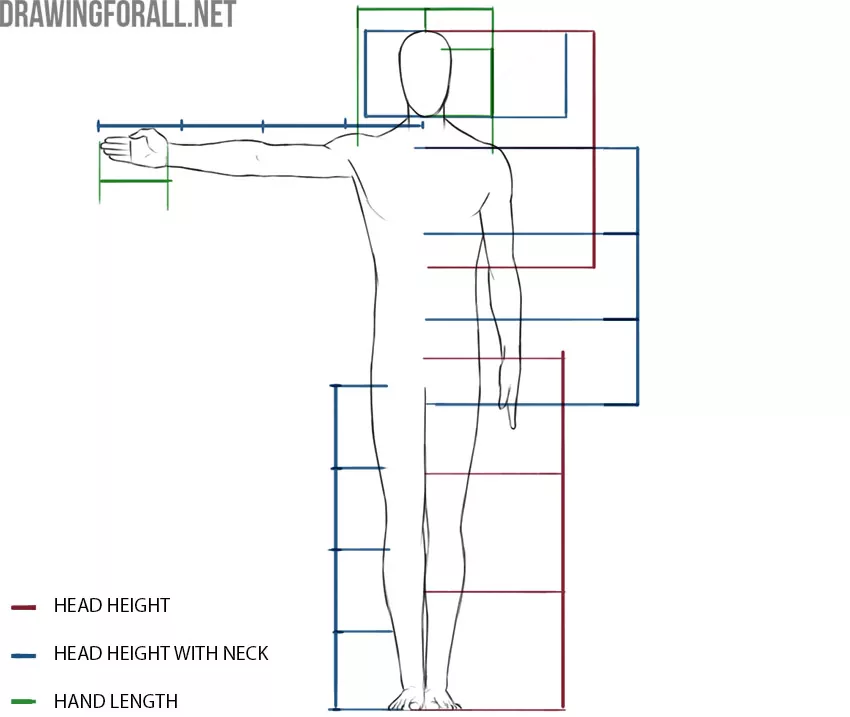
The height of the torso is approximately two and a half heads. One of the main parts of the torso is the rib cage, which is approximately equal to the height of the head with the neck. The width of the shoulders is approximately equal to the height of the two facial parts of the head (from the tip of the chin to the frontal tubercles) or the length of the hand.
The pelvis is the second component of the torso. The most important thing to remember is that most often, the female pelvis is wider than the male. The width of the pelvis compared to the shoulders in men is approximately 1:1.8, and in women approximately 1:1. In other words, the width of the pelvis is less than the width of the shoulders by about half the head. That is, the hips in female are approximately equal to the shoulders, in men, the shoulders are slightly wider than the hips. But as already mentioned, in real life you can find a large number of reverse examples.
Arm length corresponds to three head heights. The tips of the middle fingers in the lowered position reach the middle of the thighs. The length of the upper arm is about one and a half heights of the head. The distance from the middle of the waist to the crown of the head is equal to the height of three heads. Elbows are located approximately at the waistline.
The forearm and foot are equal in length to the diagonal of the head. The length of the hand, the height of the facial part, and the length of the sternum are the same. The length of the hand is divided in half at about the junction of the fingers with the palm.
The length of the legs is approximately equal to the height of three and a half or four heads. The height of the thigh is equal to the length of the lower leg, including the height of the foot, and correspond to two sizes of the height of the head.
All of the above proportions of the person’s body are very averaged. As an example, the team of Drawingforall.net took an average person about 30 years old with a height of 172-175 cm.
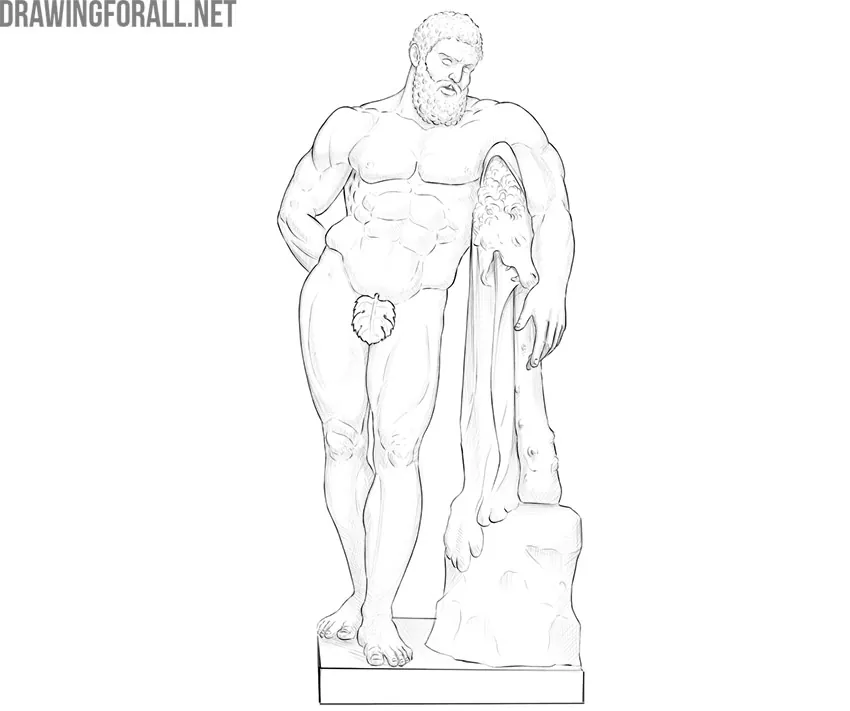
As we have said, in reality, we are all extremely different. This means that the human body proportions you are portraying may differ from what the team of Drawingforall.net presented above. Nevertheless, all the laws listed in this article will be fair in applying to almost any person.
So what to do with this information, and how to apply it in real life? First, you need to remember all the laws of proportions listed in this article. Knowing these proportions will help you learn how to draw the most realistic and compelling drawings.
Knowledge is very important, but it does not matter without practice. Using the knowledge gained from this article, draw people with different physiques and in different poses. Drawing a large number of such sketches will consolidate this knowledge and bring portraying the correct proportions to automatism.
And of course, it is critical to understand that in the future you should not measure each part of the body and compare it with another. All these proportions should be kept in your head, and the process of measuring and comparing them should come to automatism as the process of pedaling while riding a bicycle.
And of course, do not forget to subscribe to Drawingforall.net on social networks, tell your friends about our site and write your wishes in the comments.


